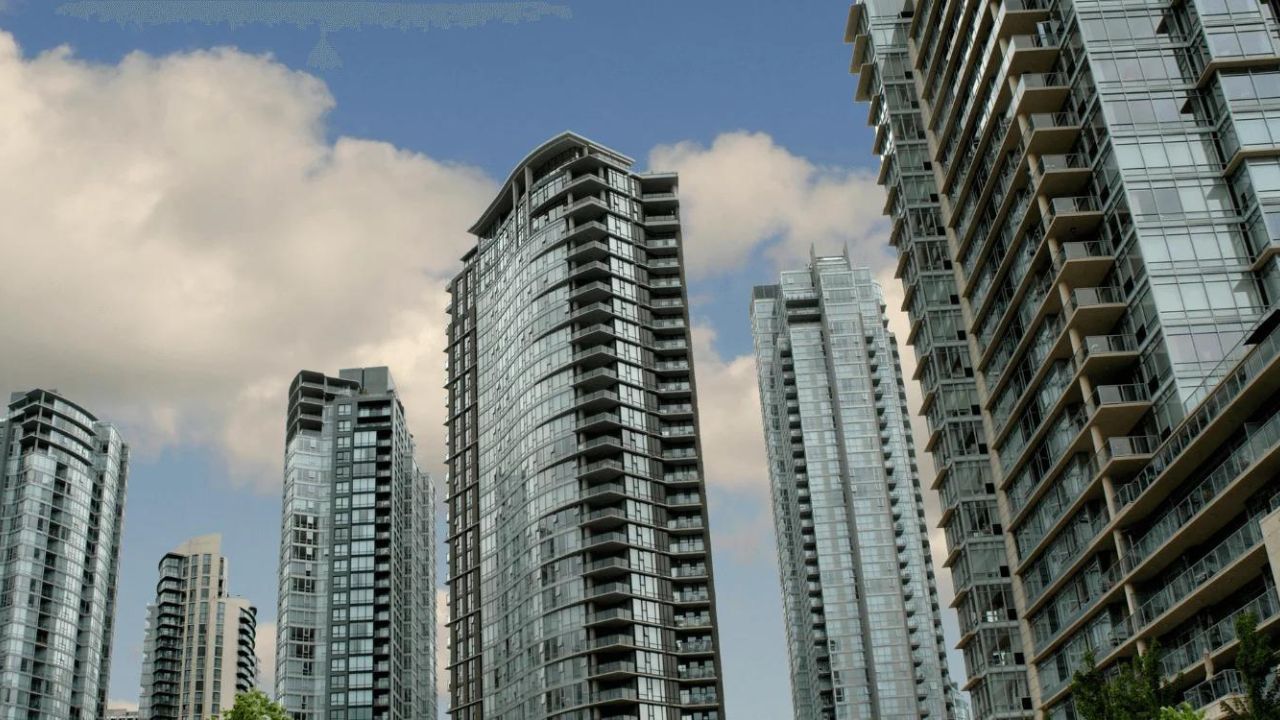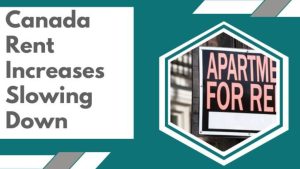The good news that Canadians will be relieved to hear is available in this post on Canada Rent Improvements Slowing Down and Check Where The Price Increases and Cooling Most.

Rent Growth in Canada is Slowing Down:
Tenants, you better get used to seeing your ridiculously high rent go down. The years 2020 and 2022 had the fastest pace of rent increases in almost a century, with monthly asking prices climbing by 15%. But prices are beginning to go down.
In 2023, rent increases occurred in most major Canadian cities and reached an average monthly high of $2,174; nevertheless, there are indications that the annual pace of rent rise may be slowing down. After rising by 9.9% in October and 11.0% in September, Canada’s annual rent growth rate slowed down in November to 8.4%.
If you live in a rental property in Canada, we strongly advise you to read this post. Here, you will learn about the causes and trends behind Canada’s slowing rent increases.
The Canadian rental market has been in the news recently due to consistent and often large increases in renting costs in major cities and locations. November 2023 saw an increase of 13.6% over 2022 in the average asking price of $1,911 for a one-bedroom house. On the other hand, the average asking price of a two-bedroom property increased by 10.5% year to $2,260.
By the end of 2023, rents in most major markets were rising at a slower annual pace, even if inflation in Canada remained exceptionally high all year. According to experts, rents are unlikely to go back to pre-pandemic levels and are still significantly higher than they were in 2019. This is true even in the most unstable areas.
- Nation: Canada
- November 2023 saw an 8.4% increase in rent.
- Toronto is the province with the maximum slowdown.
- Maximum Rent Increases in Nova Scotia and Alberta
Where Are Prices Rising the Most?
Nova Scotia and Alberta set the norm for purpose-built and condominium flats, with annual growth rates of 15.4% and 15.3%, respectively. British Columbia and Quebec both recorded impressive rent increase figures of 13. and 12.3%.
Leading the way, asking rentals in Calgary rose 14.3% yearly to an average of $2,091, while those in Montreal jumped 10.2% to $2,030 year over year. Oakville, Ontario, has the fastest-rising rental rates, with an annual growth rate of 19.4%.
Halifax and Regina set the bar for smaller provinces with annual rent growth rates of 15.5 and 13.4%, respectively. The province of Quebec had the fastest-rising rents of shared accommodations last month, with an average increase of 26.2% year over year to $923.
Where is the Biggest Drop in Price?
According to the poll, tenants in two of Canada’s most expensive metropolises reported discernible slowdowns.
Vancouver had a 0.7% gain in asking rents to $3,171 over the prior year, while Toronto saw a 2.4% decrease to $2,913. In Vancouver, asking prices for apartment rentals fell by 1.4%, while in Toronto, they increased by 0.2% month over month.
Rent increases in Toronto have slowed down for all unit types, which might be a sign of a broader trend as the economy contracts and tenants face more and more financial constraints.
November had a “somewhat slower rate” of growth in asking rentals in Montreal compared to prior months; the average rent grew by 8.5% yearly to $2,048. The average annual increase in rent in Ottawa was 6.8%, at $2,238.
The numerous interconnected factors that have contributed to the recent surge in rental market prices in Canada include supply and demand dynamics, economic development, and real estate investment trends.
Government rules and regulations have a major role in shaping the structure of the rental market. Several regulations have been put in place by the Canadian government to protect renters and encourage real estate investment.
Read Also – Reason for Death: What Was the Cause of Firefighter Jared Burns’ Death?





